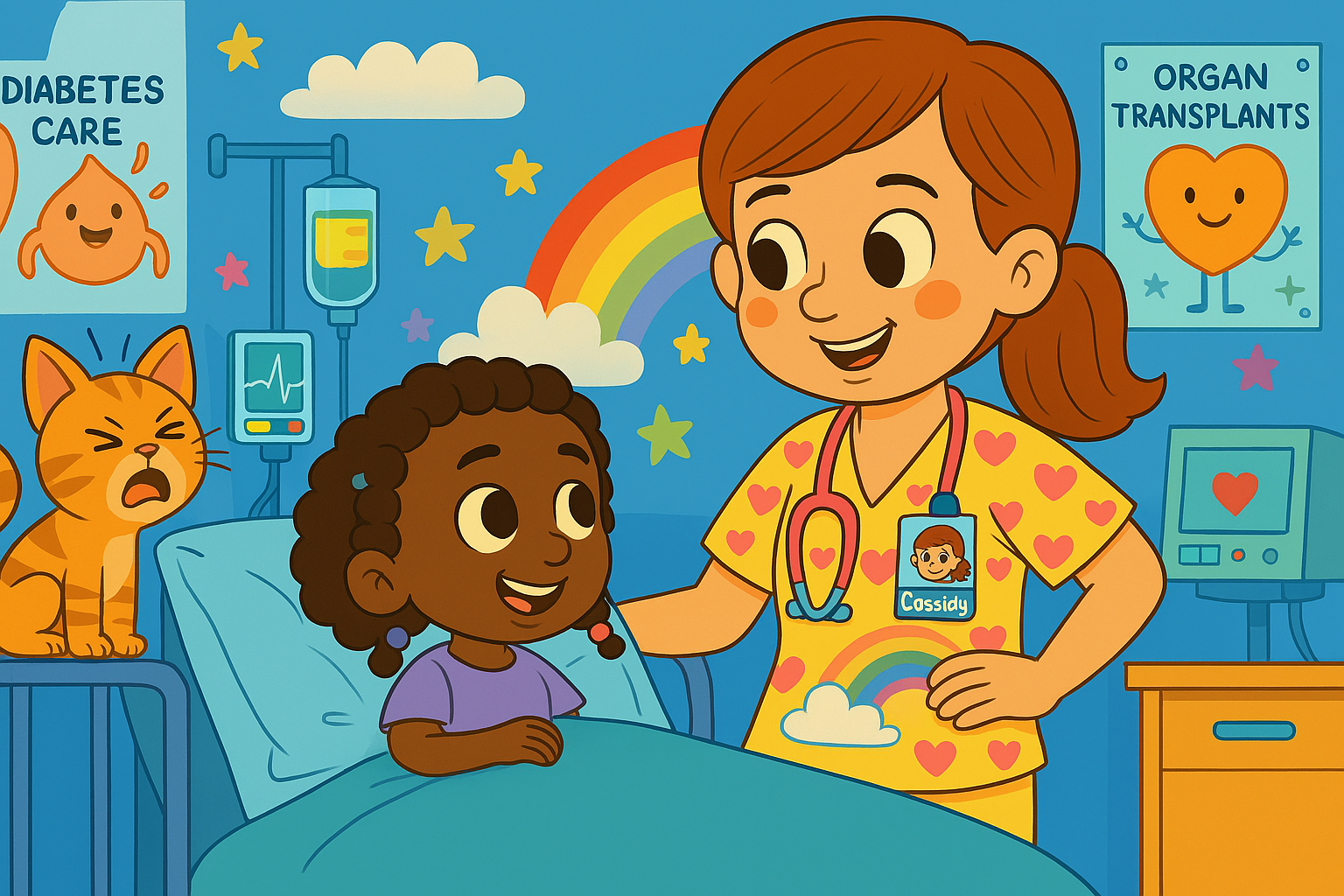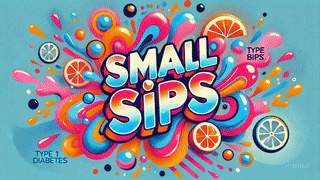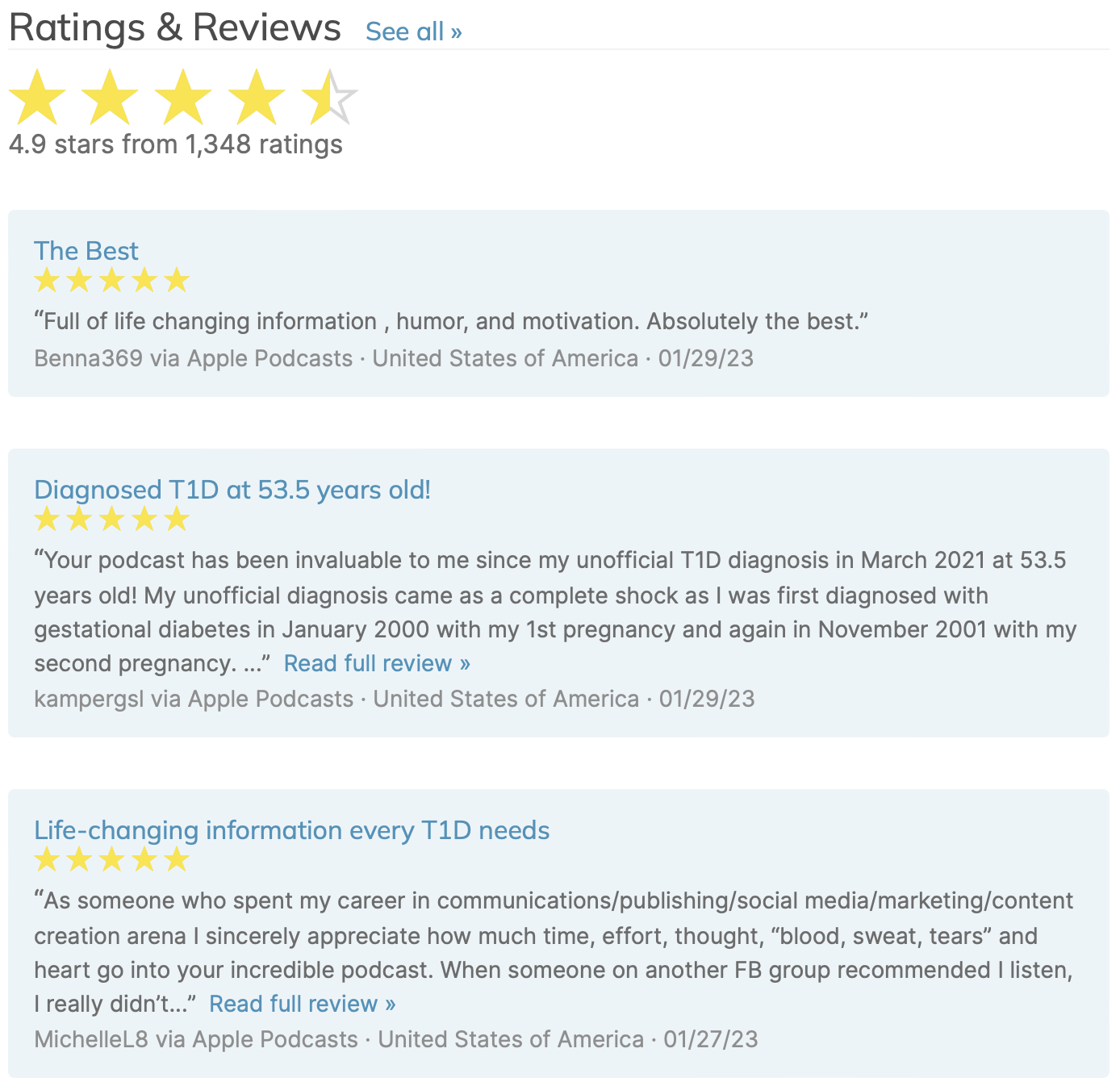Guest Post: IronMan World Championship with Kris Freeman
I knew the IronMan World Championship course in St George would be hard... and it was. The 112 mile bike course had 7000 ft of climbing and the run featured unbroken climbs and descents that were several miles long. Shade was nearly nonexistent and the temp maxed out at 92 degrees in the mid afternoon.
My race plan was to start relaxed in the water, go slower for the first 60 miles of the ride than felt necessary and then see how fast I could go for the rest of the race.
My insulin strategy can be seen in the photos. I ran 1.3 units per hour until :15 minutes before my race (started at 6:45). Then I ran .6 u/h for three hours, .5 units for one hours, .4 units for one and a half hours and .25 units for :45 minutes at which point I tore the Pod off. The numbers in the photo are all .05 units lower than stated above because I was wearing a 2nd Pod that was delivering .05 u/h which is the minimum setting. In addition to the basal setting I also took a 4 unit bolus at the swim/bike transition with a syringe I pre filled before the race.
My swim was solid enough and I had no problems with my first transition. The terrain for the bike was very "western" with climbs that went on for miles followed by high speed descents that had me averaging better than 40 mph for several miles at a time. I took feeds at every aid station and probably consumed 12-16 twenty-four ounce bottles of Gatorade endurance 96 ounces of water, and a liter of Coke. I also took 8 Salt Stick electrolyte tabs. Choosing to conserve energy early ended up being a great call as my "easy" pace ended up being plenty fast and I never ran out of gas on the bike.
My transition into the run was also smooth if not super fast. I took the time to put vaseline coated socks on and chugged a full quart of water. However, my race got real hard a few miles later. I was overheating and I knew that I had to cool down or I wouldn't finish. There were aid stations every 1.5 miles and at each one I put ice in my hat and down the front and back of my suit. This was the first day of the year that I had worked out in any weather warmer than 70 degrees and my body was not happy with me. My half marathon split was far slower than I'd hoped (1:50ish) but at this point survival was the top priority. I bled tlme at each aid station but the ice and gatorade I was getting were the only things keeping me going forward. With 10 miles to go I was pretty sure I was going to get heat stroke at some point and I really wanted to get to the finish before that happened. I was stumbling and tripping over nothing as I ran on. My stomach was very nauseous and not at all happy about feeding. Even so, I forced about another gallon of Gatorade/water/Cola down my throat along with another 5 salt tabs for a total of 13 during the race.
I finished the marathon in 3:48 which was a good 20 minutes slower than I would have liked. But it wasn't for lack of trying. In the pictures you can see me striding across the finish and then taking a sharp left to get a cooler with insulin and fresh Pods from my coach. I went directly from there to the medical tent where I lied down on a Cot and proceeded to writhe around as doctors and nurses asked me how I felt. I had finished the race with a glucose of 140 so diabetes was not the main issue. I had all the symptoms of heat stroke including tingling/numb hands and feet and I began to dry heave. As the doctor decided to hook me up to an IV, I asked for a puke bag and started filling it. Fortunately the IV started to make me feel better pretty rapidly and I left the med tent under my own power about 40 minutes later.
All things considered the race went pretty well. It wasn't perfect but given the difficulty of the course and the heat it could have been worse. The consensus among the athletes I talked too was that this was the most difficult IronMan sanctioned event in the world. I finished in 10:13 which was good for a 19th place age group finish and 136th overall. I haven't been able to verify this but I think that these are the best finishes ever for a person with diabetes at the World Championships (If anyone knows differently please let me know). My result also requalified me for the 2022 World Champs in Kona this October though I chose to decline the opportunity. - Kris Freeman
Episodes of the Juicebox Podcast featuring Kris Freeman
#26 Olympian & person with diabetes Kris Freeman
How To Listen to the Juicebox Podcast
Are you looking for an entertaining and informative podcast to listen to that covers diabetes-related topics? Look no further than the Juicebox Podcast!
The Juicebox Podcast is the most popular diabetes podcast available and is a great way to get up to date on the latest research, treatments, and health tips related to diabetes. The podcast offers a variety of topics, from interviews with medical professionals to discussions on diabetes-related technology.
If you’re looking to listen to the Juicebox Podcast, there are several popular audio apps that you can use. Apple Podcasts, Spotify, Amazon Music, Stitcher, Google Podcasts, and Overcast are all popular podcast listening apps that are free and easy to use. Simply search for “Juicebox Podcast” in the app, and you’ll be able to listen to the full library of episodes.
Whether you’re a person living with diabetes, a family member, or a healthcare provider, the Juicebox Podcast has something for everyone. With engaging conversations and timely topics, the Juicebox Podcast is a must-listen for anyone interested in diabetes.
Check out the Juicebox Podcast today and let the learning begin!
Listen free
Tidepool Loop receives FDA clearance
The future of diabetes management has arrived! Tidepool Loop, the first fully interoperable automated insulin dosing app, has recently received FDA clearance. This groundbreaking development marks a major milestone in diabetes care, giving people with diabetes more control over their health and wellness.
Tidepool Loop is an innovative, patient-led initiative that provides users with an automated insulin dosing system, allowing them to manage their diabetes without having to manually adjust insulin doses. The app allows users to monitor their glucose levels in real-time and adjust insulin levels accordingly. It also gives users access to a library of personalized settings, which they can use to customize their insulin dosing to suit their individual needs.
The app is designed to be user-friendly, with a simple, intuitive interface that makes it easy to track data, view insights, and adjust settings. It also has built-in safety features like low-glucose suspend, which automatically suspends insulin delivery when a user’s glucose levels reach a certain threshold. This ensures that users are always getting the right amount of insulin, while also providing peace of mind.
Tidepool Loop is an invaluable tool for people with diabetes, providing them with greater access to health care and more control over their health and wellness. The app is also a great resource for healthcare professionals, giving them access to real-time patient data and allowing them to make more informed decisions when it comes to diabetes management.
The FDA clearance of Tidepool Loop is a groundbreaking development for diabetes care, and it will undoubtedly have a profound impact on the lives of people with diabetes. This app is a major step forward in diabetes management, providing users with greater freedom and control over their health and wellness. We’re excited to see how this innovative technology will continue to shape the future of diabetes management in the years to come.
To learn much more listen to this Juicebox Podcast interview with President, CEO and Founder of Tidepool, Howard Look.



























